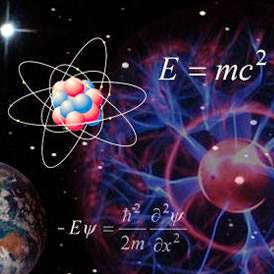In a new study, researchers from the U.S. Department of Energy’s (DOE) Argonne National Laboratory have determined that electrons in some oxides can experience an “unconventional slowing down” of their response to a light pulse.
The researchers describe the behavior as lasting about a millionth of a second, which is still a million times slower than traditional electronic recovery times.
“It’s as if the electron is spending two years or more dithering between states when normally it could make up its mind in a minute,” said Anand Bhattacharya, an Argonne materials scientist and co-author of the study, published May 4, in Nature Communications.
In a crystal, all the atoms form a periodic structure called a lattice, where the atoms are arranged in a repetitive pattern in three dimensions. The properties of electrons living in this space typically obey the same periodicity.
But below a temperature of about minus 100 degrees Fahrenheit, the electrons in the study material, lanthanum strontium ferrite, find it more energetically advantageous to cooperate with the lattice and magnetism on the iron atoms, to form a new periodic structure called a magnetically driven, charge-ordered state.
The behavior occurs close to a temperature that marks a phase transition — similar to the way in which 32 degrees Fahrenheit marks the phase transition from water to ice. But the phase transition studied here is peculiar because it marks a transition between a magnetic insulator and a non-magnetic metal. According to Bhattacharya, these sorts of phase transitions are potentially useful as 'switches,' where a material’s 'on' and 'off' states can allow us to toggle between metals, insulators, magnets and superconductors.
However, the material studied — known as La1/3Sr2/3FeO3 — had a surprise in store.
Electrons slowing down at critical moments, Jared Sagoff, Argonne National Laboratory


No comments:
Post a Comment